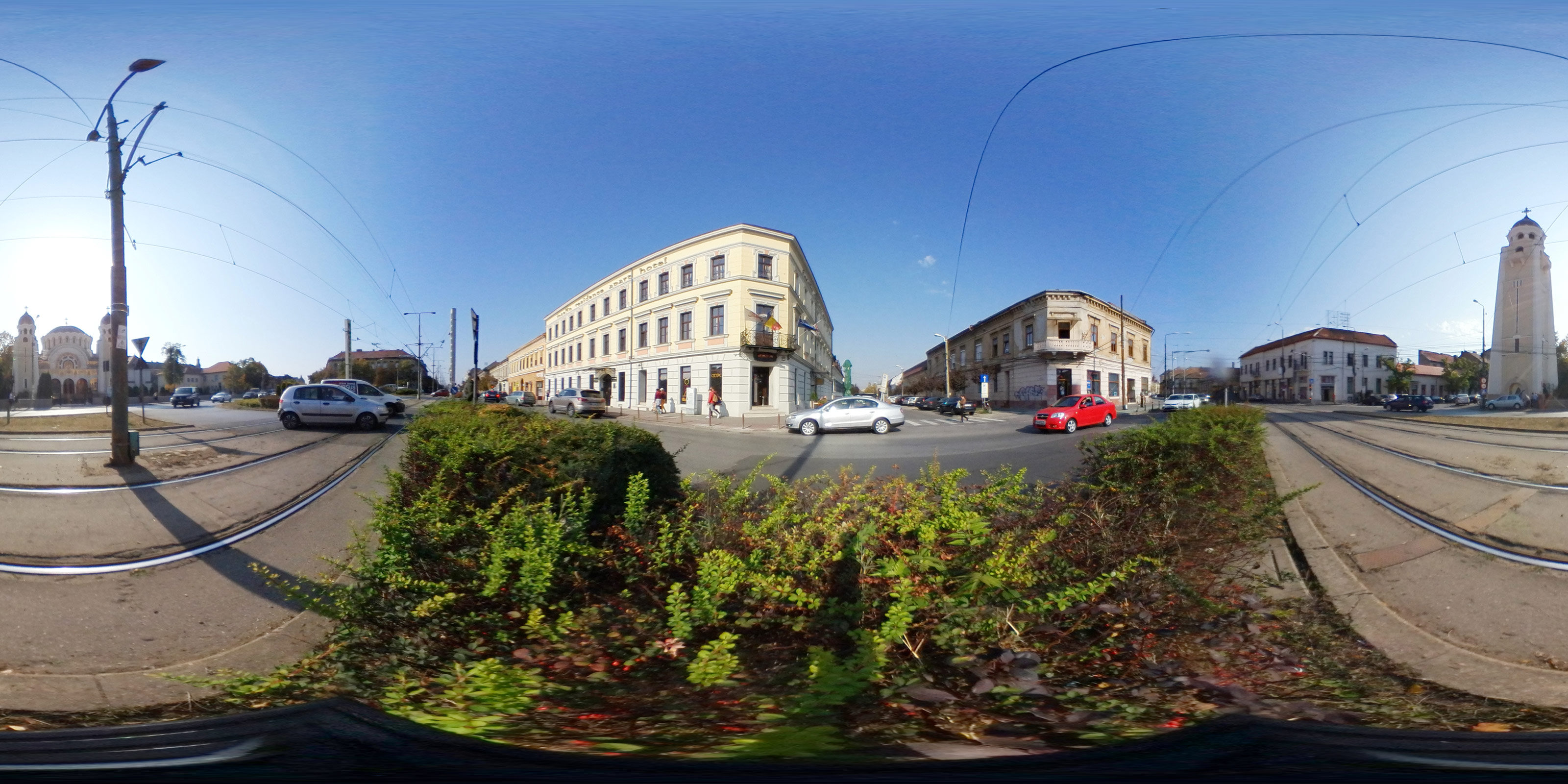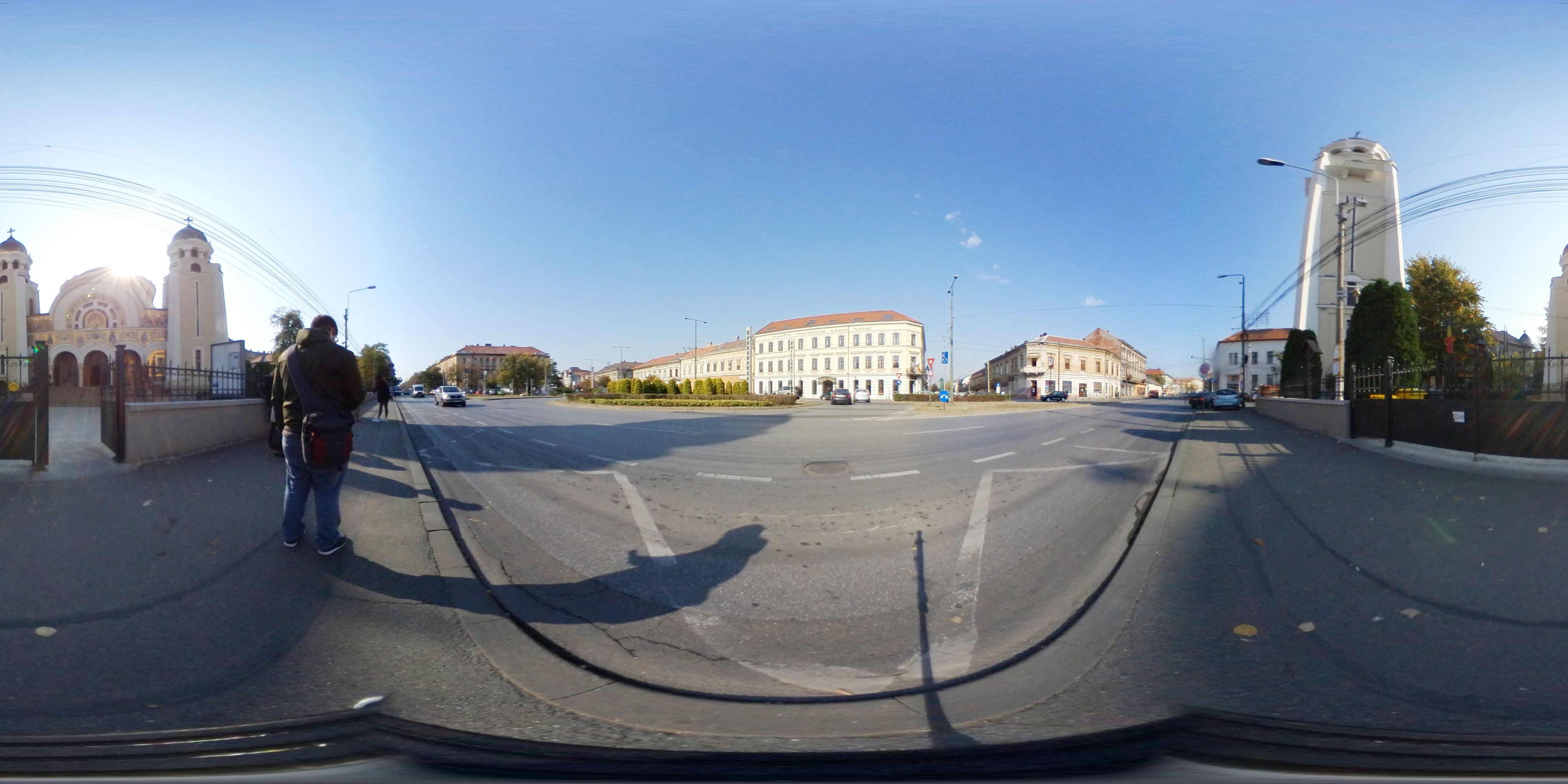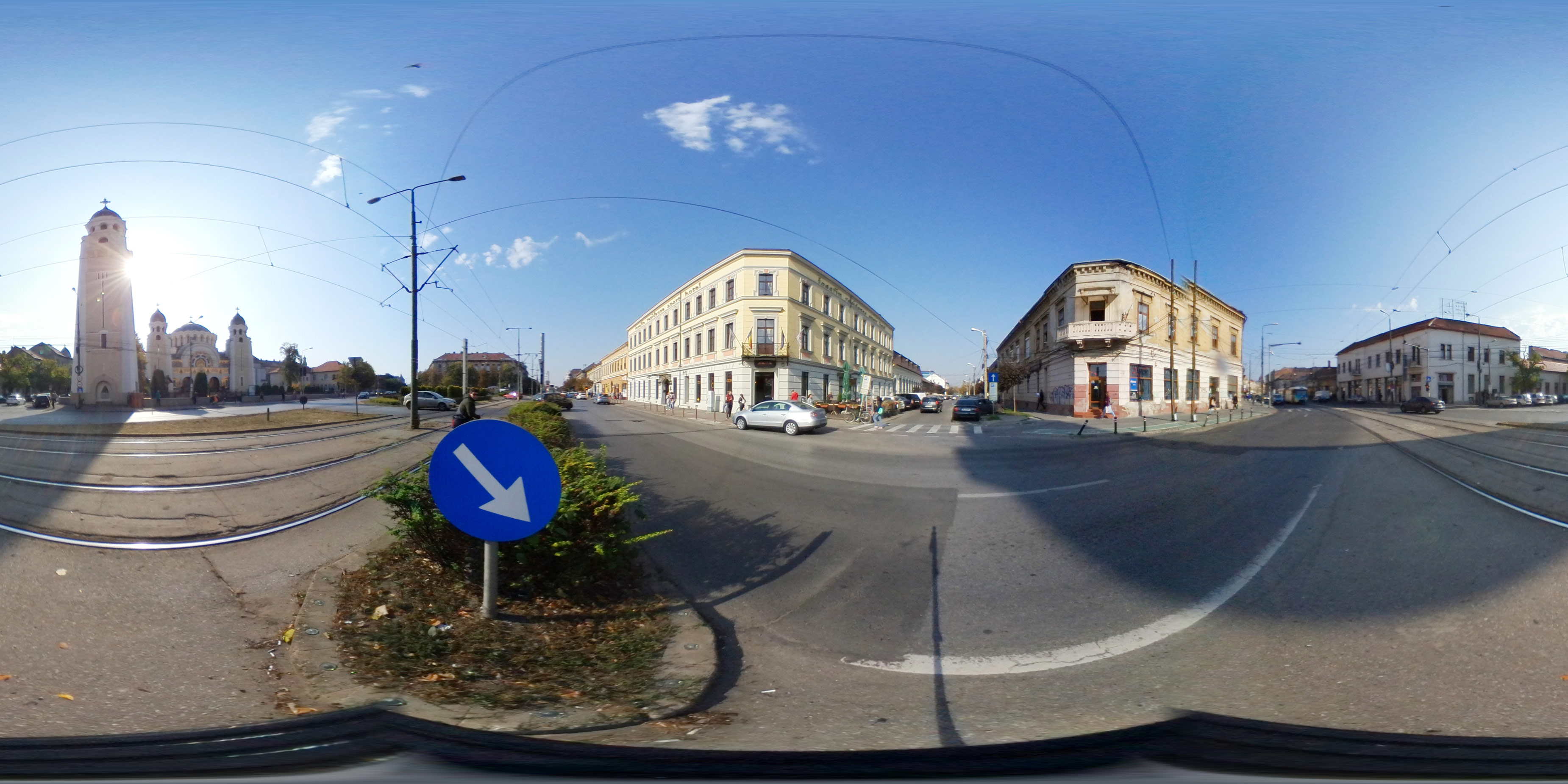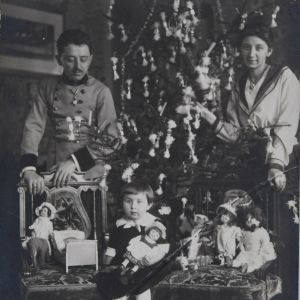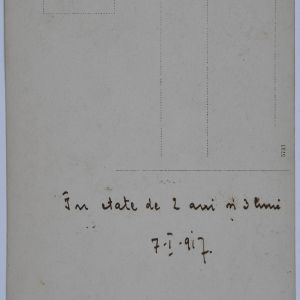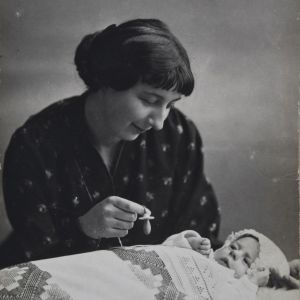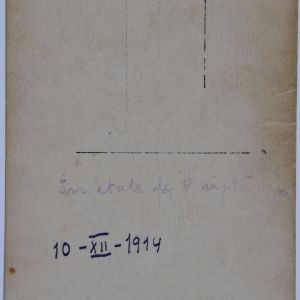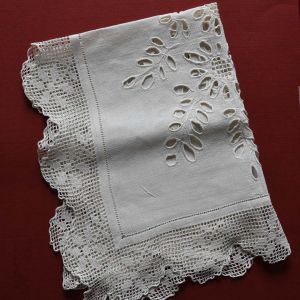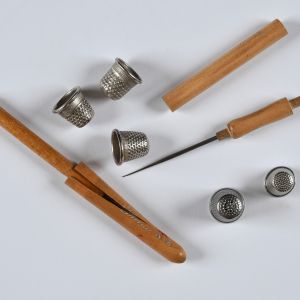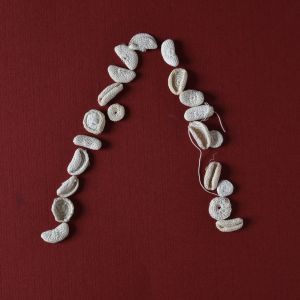Mocioni Square Nr. 8
The Mária Radocsay House was built in the historicist style with classicist elements in the second half of the 19th century. Valeria lived in a 6-room apartment until the death of her husband, doctor Vasile Pintea, in 1940.
Listen to the audio version.
The Mária Radocsay House, located at Alexandru Mocioni Squareno. 8, was built in the historicist style with with classicist elements. In 1891 a building permit was obtained for the extension of one single-storey house. The second permit was issued for a two-storey house in 1894. The building was restored during 2007-2010 after the project of the architect Constantin Ciocan.
The architectural elements can be viewed by following the virtual tour of the building..
Listen to the audio version.
The building in no. 8 Mocioni Place: Valeria’s first home – her pantry (the “şpaiţ”)
Liana Maria Gomboşiu, Valeria Dr. Pintea. A family novel. Marineasa Publishing House, Timişoara, 2013, p. 68-69
Life went on in the building in no. 8 Asaneşti Place according to the order established by Valeria, with days for cleaning, washing and ironing, taking care of the “şpaiţ” which was very important in the life of a housewife, according to what my mother had told me. The term “şpaiţ” derived from Speise Zimmer, pantry. Between friends, reciprocal visits of those “şpaiţ” were accustomed, and everybody used this opportunity for admiring the colors of the apricot or rose-hip gems, the size and number of the jars, for exchanging recipes. Until her very old age and despite the hard times, my grandmother Valeria kept in her pantry something from the “sumptuousness” of the years of wealth and peace.
It seemed to me like a magic place. The cans were ordered in a line on shelves covered with white paper with complicated decorations cut with the scissors on the edge that was falling, mimicking some pretty frill. Fruits, vegetables, spices, sauces, pickles, stewed fruits – each demanded a different type of jar in form and size, and this had to be observed. The labels were calligraphically written, showing the exact name of the content and the production date. Bunches of estragon and thyme and other dried aromatic plants were decorating the upper part of the shelves, in the same place that sheltered the teas, in metal boxes which have once been filled with exotic teas, but now contained mint, chamomile, and sour cherry tails, tied in bunches enough for one single tea infusion.
The pieces of bacon and ham were hanged on hooks fixed in the ceiling, and the jars with lard were on the floor. Each object had its precise place and, when Valeria grew old and gave up canning green beans for winter or preparing all sorts of compotes, their place on the shelves was left empty, no other can took their place, all remaining at their initial site. The huge headaches Valeria experienced were also due to the six rooms of the house, as she frequently wanted to change their furniture or their destination, as I have already mentioned. In the moments of “respite” she focused on the details: carpets and curtains.
It’s worth remembering that she greatly encouraged a friend, a certain Mrs. David, a person with good taste and lot of fantasy, who was drawing curtains and tablecloth in a very personal way, in a rather avant-garde style for that time.
Thus, at all the windows of the apartment in Asaneşti Place one could see the “compositions” of flowers, leaves and animals, in a combination of broken embroidery and applications on canvas, which caught the sight and, even if they did not match with the rather “vieux ton” furniture, gave some extra-life to the atmosphere in the room.
Listen to the audio version.
Rotary Club Timisoara
Rotary Club Timisoara meets every Monday in the Iosefin Residence building. The history of Rotary Club Timisoara stands for the outstanding way its members knew to pay tribute to the Rotary spirit during the decades. All the projects accomplished had a single purpose: to improve the community living standards and to promote the good-will and understanding among people all over the world.
This history of involvement began in 1929, when a group of intellectuals and executives founded Rotary Club Timisoara, shortly after the first club in Romania, the one in Bucharest and no more than a quarter of century after the first Rotary club in the world had been founded.
Although it functioned only until 1940, when it was banned by the political regime at that time, the Rotary Club of Timișoara had an intense activity, which resulted in at least two major achievements: building a chalet on Muntele Mic in Caransebes County and editing a touristic guide for the Banat area. Since the club's re-establishment in 1994, the Rotarian principles have been enthusiastically revived and consistently put into practice.
In 2004 the club reached 57 members, the average age being 45. In 2019 we are at 75 with an average age of 43, deeply committed to the noble mission of volunteering under the motto: "Service Above Self".
Rotary Club Timisoara is actively involved in the city community, taking measures meant to improve the day-to-day existence of some underprivileged social categories (no- relative elderly, capable young people with little financial support, disabled), organizing noteworthy cultural and sports events, endowing hospitals and editing books. The four avenues of service are the guidelines of our activity.
The work of the club is guided by the four ways of serving.
In order to bring the communities closer and to promote humanitarian and intercultural actions, we have strengthened the links between the Rotary clubs in Romania, Hungary and Serbia, Tisa- Mures- Bega area.
We have promoted and developed inter-club relations through numerous contacts with Rotary clubs in England, Germany, Holland, France, Italy, Serbia, Hungary.
In full accordance with the Rotary principle of sharing the Rotary spirit, our club has born 15 new Rotary clubs in the western part of the country, but not only.
The Rotary Club of Timisoara aims to remain an active presence in the Timisoara community and to intensify its involvement in all its problems, acting to solve them and serving the community.
www.rotarytm.ro

